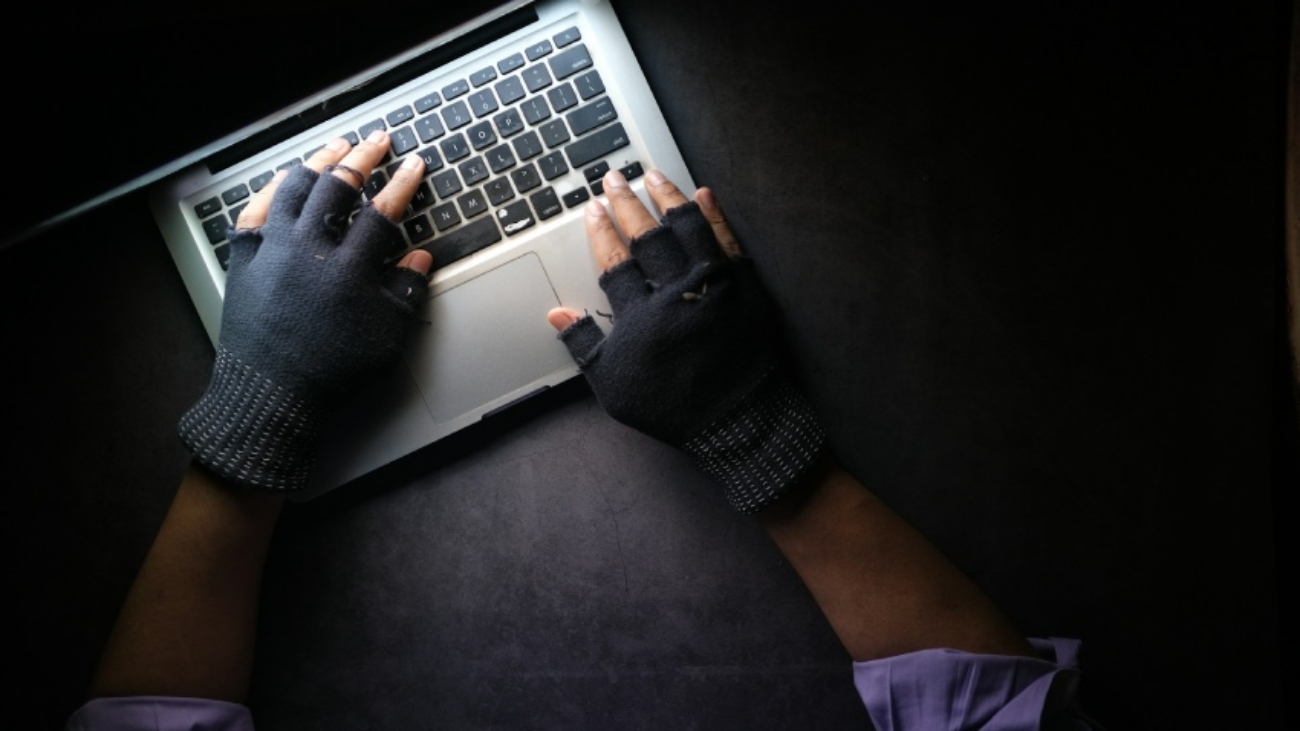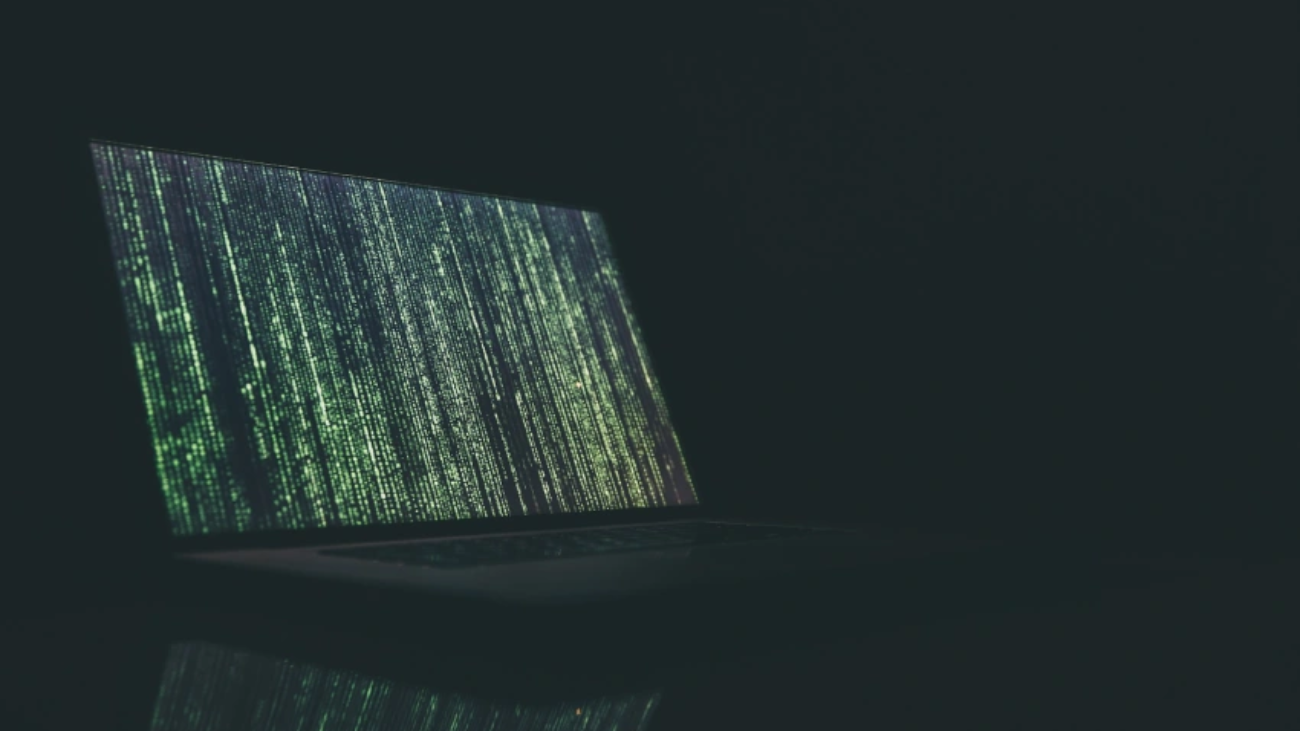As digital technologies evolve, so do the threats facing our online security. Cybercrime is projected to cost the world $10.5 trillion annually by 2025, a sharp increase from $3 trillion in 2015. Here are the top ten cybersecurity threats to watch for in 2024:
1. Social Engineering
Social engineering remains one of the most dangerous hacking methods because it exploits human error. According to a report on data breaches, 85% of breaches involve human interaction. In 2023, social engineering tactics were responsible for over 75% of targeted cyberattacks, which often began with phishing emails that have evolved to include cryptocurrency scams.
2. Third-Party Exposure
Cybercriminals often bypass security systems by exploiting less-protected networks of third-party vendors. A significant breach in 2021 exposed data from over 214 million accounts via a contractor with access to these networks. Since the pandemic, cyberattacks have surged by 300%, with 96% of companies allowing third-party access to critical systems. Managing third-party risk is crucial to mitigating these vulnerabilities.
3. Configuration Mistakes
Misconfigurations remain a major vulnerability in security settings, with 80% of penetration tests revealing errors. Many IT experts lack insight into the effectiveness of their cybersecurity tools, which highlights the need for regular internal audits to avoid misconfiguration errors.
4. Poor Cyber Hygiene
Cyber hygiene refers to practices that ensure digital security, such as using strong passwords and avoiding unprotected networks. Research shows nearly 60% of organizations rely on human memory for password management, and 54% do not enforce two-factor authentication, increasing risk, especially with remote work. Following cyber hygiene guidelines can significantly reduce vulnerabilities.
5. Cloud Vulnerabilities
Cloud vulnerabilities have surged, with a 150% increase over five years. As remote work continues, cloud security becomes crucial, driving the adoption of “Zero Trust” architectures that require constant verification. You should invest in learning more about the importance of cloud security and strategies to protect against these threats.
6. Mobile Device Vulnerabilities
The pandemic led to a spike in mobile device usage, increasing vulnerabilities. Over 46% of companies experienced security incidents involving malicious mobile apps. The rise of bring-your-own-device policies has further exposed companies to risks, as mobile device management systems, ironically designed for security, are targeted by hackers.
7. Internet of Things (IoT)
The shift to remote work increased the use of IoT devices, leading to over 1.5 billion breaches in early 2021. Cellular IoT connections are expected to reach 3.5 billion in 2023, with IoT-based attacks rising. Understanding IoT security insights is critical to protecting these devices.
8. Ransomware
Ransomware attacks are becoming more frequent and costly, with average ransom fees rising from $5,000 in 2018 to $200,000 in 2020. In 2021, ransomware cost businesses $20 billion, and attacks can now occur in under 45 minutes. Ransomware guides can provide tips for protection.
9. Poor Data Management
Data management impacts security, as data doubles every four years. A shift from “big data” to “right data” emphasizes storing only essential information. Automation will aid this transition but introduces human error risks.
10. Inadequate Post-Attack Procedures
Following an attack, prompt patching is critical. In 2021, 80% of ransom-paying victims faced repeat attacks. “Patching-as-a-Service” offers continuous updates, reducing human error. Exploring patch management insights can enhance patch speed and efficiency.
Staying Ahead
Keeping up with cybersecurity threats in 2024 requires constant vigilance. While no system guarantees complete protection, robust cybersecurity strategies and comprehensive insurance can safeguard organizations.
For more information, read the full article here.


